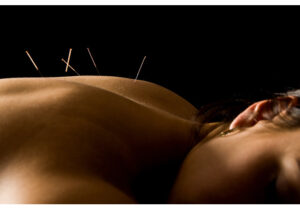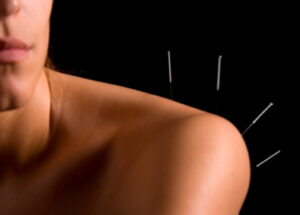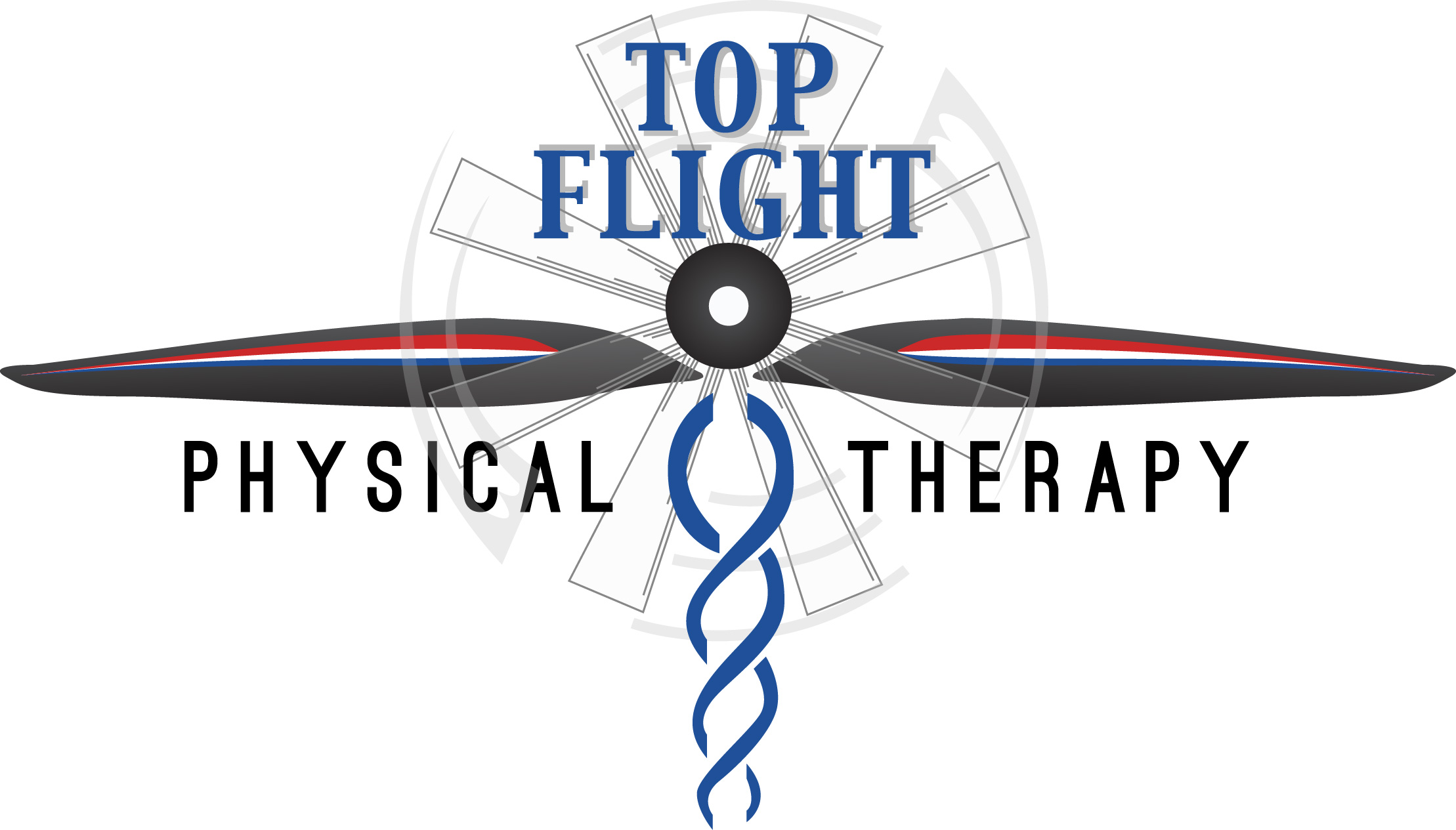My Testimony about Dry Needling
After earning my Doctor of Physical Therapy (DPT) degree from Emory University, I felt compelled to further my training to acquire skill sets that would move me into an elite category of Physical Therapists. As my research ensued, I happened across testimony of what seemed to be impossible results from procedure known as dry needling. These claims intrigued me to the point of enrolling myself into the dry needling certification program. During the certification training I volunteered to participate as patient. I was then experiencing pain and limited range of motion in my lower back. After 3 years of administering my learned techniques I could only bend to the point of my fingertips touching my mid-shin area on myself. Skeptical of any progress to be made I demonstrated my limited range of motion to the class and hopped up on the table ready to be the next human pin cushion. The treatment consisted of needles being placed into the areas responsible for my lower back pain. The needle placement was surprising as it targeted compensatory areas rather than just the point of pain. I experienced mild achiness, soreness, and the sensation of light cramping. Once the needles were removed it was the moment of truth. I stood up from the table and touched my toes for the first time in 3 long years. I wasn’t prepared for this immediate and amazing result. On that day I embraced dry needling as an incredibly effective and revolutionary physical therapy treatment. Dry needling has become a critical and necessary tool in my practice. It allows me to provide immediate, effective, and lasting results to my clients. Please call to setup an appointment for Dry Needling Indianapolis.




Why did dry needling work for Dr. Hinkle?
My main injury was 3 years before. My body had never quit guarding the joints around the injury to allow me to move normally again. The movement compensation was keeping the pain active. Dry needling released the tension in the surrounding areas so my body could re-learn to move appropriately. Neurac with Redcord was the perfect combination with Dry needling to reprogram my movements.
This personal experience convinced me to learn more about dry needling and the potential it offers. I am pleased to offer this service to my clients at Topflight Physical Therapy in Indianapolis, Noblesville, Fishers, Carmel, Westfield, and all surrounding areas.
Main Treatments Areas?
- Persistent Neck or upper back pain
- Shoulder pain/tendonitis
- Rotator Cuff Injury
- Knee/IT band Pain
- Low Back Pain
- Sciatica
- Hip pain
- Tennis Elbow
- Golfer's elbow
- Hamstring Strain
- And many more conditions.
What if dry needling doesn't work for me?
While the results with dry needling can be amazing, it is only a potential tool amongst many that are available to use on the mission to helping a patient achieve maximal wellness. Dry needling is not for every body.
Dry Needling uses fine acupuncture needles inserted into muscle trigger point to allow those areas of dysfunction to relax.
In the US, dry needling is a relatively new method for treating myofascial pain and not everyone is aware of this effective modality. Feel free to inform your doctor about this treatment option. It is upon of all of us to educate others about new and innovative ways to treat pain.
Dry needling can be used to treat a variety of musculoskeletal problems. Muscles are thought to be a primary contributing factor to the symptoms. Such conditions include, but are not limited to neck, back, shoulder, arm pain (tennis elbow, carpal tunnel, golfer’s elbow), migraine and tension-type headaches, jaw pain, buttock pain, and leg pain (sciatica, hamstring strains, calf tightness/spasms). The treatment of the muscles has a profound effect on reducing the pain mechanisms in the nervous system.
Dry needling works on muscle trigger points. Trigger points are characterized as active or latent trigger points. These are usually taut bands of muscle fibers which can cause or refer pain. These trigger points are usually created from limb overuse, compensation for other weak musculature, poor posture, or injury.
When a needle is inserted into a trigger point, the sensory nerve fiber messages are calmed. This calming effect feeds back to the spinal cord and communicates with the motor nerve fibers. The motor nerve fibers are responsible for maintaining a certain amount of tension within a muscle fiber. As a result, the number of discharges from the motor nerve is reduced and thus muscle relaxation occurs.
Most patients report being sore after the procedure is completed. The soreness is is described as muscle soreness over the area treated and into the area of referred symptoms. Typically, the soreness lasts for a few hours to two days. When dry needling is being used for treating sciatica or low back pain, the patient may experience minor cramping or tight- like sensations in the leg or legs. This usually occurs a few hours after the treatment and considered normal.
Yes, Dr. Hinkle underwent additional training to perform dry needling at the American Dry Needling Institute under Dr. Ma.

